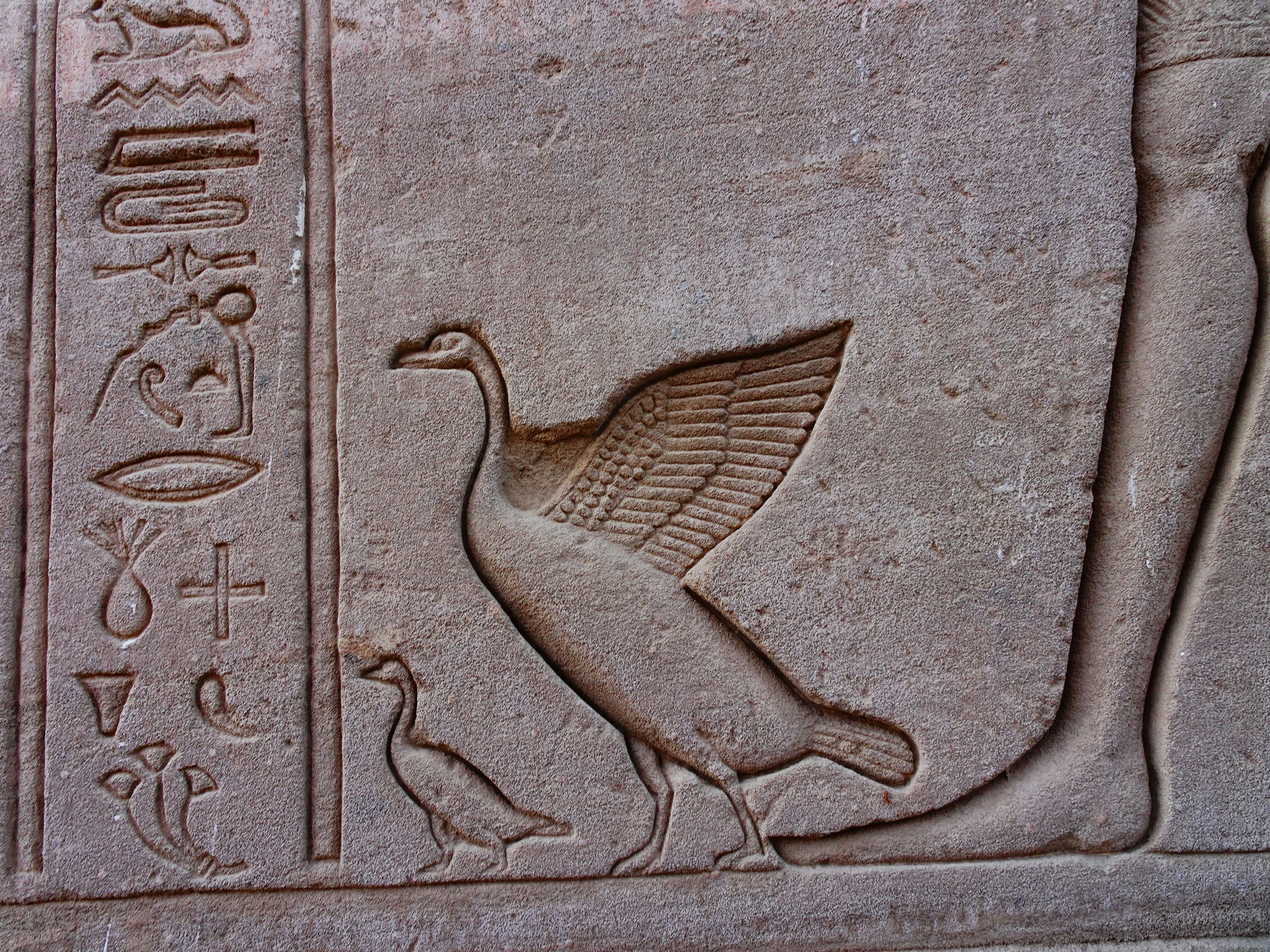Ancient Egyptian art is one of the most iconic visual traditions in human history, characterized by its symbolic richness, strict formalism, and deep religious significance. Among its many themes, one of the most fascinating is the portrayal of animals. These creatures weren’t just decorative elements—they were sacred symbols, divine messengers, and sometimes even gods themselves. The presence of **ancient Egyptian art animals** offers a window into how the ancient Egyptians viewed the natural world around them.
Whether carved in stone, painted on tomb walls, or cast in bronze, animals in Egyptian art played a central role in shaping religious beliefs, royal identity, and cultural values.
Wanna Know Everything About The Egyptian Museum of Cairo ?
The Sacred Role of Animals in Ancient Egyptian Art
In ancient Egypt, animals were more than living beings—they were spiritually significant. The Egyptians believed many animals possessed divine traits and often associated them with specific gods and goddesses. As a result, **ancient Egyptian art animals** were used to communicate power, protection, fertility, and wisdom.
Some animals were revered so highly that they were mummified and worshipped in temples. Others became emblems of royal authority or protection in battle. Each depiction carried meaning, often tied directly to myth, magic, and the cycles of life and death.
By One Click You Can Read About the Alabaster Mosque
Key Animals in Ancient Egyptian Art and Their Symbolism
Let’s explore some of the most iconic animals that frequently appear in ancient Egyptian art and the roles they played:
1. The Cat (Bastet)
Cats were sacred in ancient Egypt and often associated with the goddess Bastet. Known for their grace and protective nature, cats symbolized domestic harmony and were believed to guard against evil spirits. Many households kept cats, and their likenesses in **ancient Egyptian art animals** were often rendered with elegance and poise.
2. The Falcon (Horus)
The falcon, with its sharp vision and regal flight, represented the god Horus, one of the most significant deities in Egyptian mythology. As a symbol of kingship, protection, and divine authority, the falcon appears frequently in carvings, temple reliefs, and royal jewelry.
3. The Jackal (Anubis)
Depictions of the jackal, especially as the god Anubis, are among the most haunting in ancient Egyptian art. Anubis was the protector of graves and the god of mummification. Jackal-headed statues and paintings are a key part of the **ancient Egyptian art animals** collection in museums around the world.
4. The Scarab Beetle (Khepri)
Symbolizing transformation and rebirth, the scarab beetle represented the god Khepri, who rolled the sun across the sky each day. Scarabs were widely used as amulets, carved in stone and worn as jewelry or placed in tombs.
5. The Crocodile (Sobek)
Feared and revered, the crocodile was linked to Sobek, a deity representing strength and the Nile’s fertility. Sobek was often portrayed as a man with a crocodile head, and **ancient Egyptian art animals** featuring crocodiles can be found in temple walls near riverbanks.
6. The Ibis (Thoth)
The ibis bird, elegant and serene, symbolized the god Thoth—patron of writing, wisdom, and the moon. Thoth was frequently shown with an ibis head in papyrus illustrations and temple reliefs, highlighting the divine connection between intellect and nature.
Where to See Ancient Egyptian Art Animals Today
If you're fascinated by **ancient Egyptian art animals**, you can find breathtaking examples in some of the world’s most renowned museums and historical sites:
**The Egyptian Museum in Cairo** houses an extraordinary collection of animal statues and mummified creatures.
**Luxor and Karnak Temples** feature detailed wall reliefs with falcons, crocodiles, and sacred bulls.
**The British Museum in London** and **Louvre in Paris** both have exceptional galleries dedicated to Egyptian artifacts, including sacred animal imagery.
**Saqqara** and **Abydos** contain tombs with vivid wall paintings featuring scenes of daily life and animals in both practical and spiritual roles.
FAQs about Ancient Egyptian Art Animals
Q1. Why were animals so important in ancient Egyptian art?
A: Animals were seen as spiritual symbols and were often associated with gods, the afterlife, and the forces of nature.
Q2. Did ancient Egyptians worship animals?
A: While they didn’t worship animals themselves, they revered them as physical manifestations or symbols of deities.
Q3. Are there animal mummies in Egypt?
A: Yes, many animals—especially cats, birds, and crocodiles—were mummified and buried in sacred sites.
Q4. What materials were used to depict animals in art?
A: Stone, wood, gold, bronze, and faience were commonly used, depending on the purpose and significance of the artwork.
Conclusion
The legacy of ancient Egyptian art animals is a testament to the deep spiritual connection the Egyptians had with the natural world. These animal representations went beyond aesthetic beauty—they told stories of gods, guarded tombs, and offered insights into a civilization where art, religion, and life were intricately intertwined.
For anyone interested in Egypt’s artistic legacy, studying the animals in its art is not just a journey into the past—it’s a discovery of belief systems that valued nature and symbolism in the most profound ways.




